Knitted fabrics come in many variations. In addition to the appearance of conventional knitted fabrics, the appearance of conventional woven fabrics can be imitated by different weaving methods and yarn materials. Woven-like knitted fabrics are characterized by the pattern, structure, and textural effects of regular woven fabrics, and the fabric is less stretchy, flat, and dense.
In recent years, knitted fabrics with imitation knitting styles have become more and more popular. Whether in large-scale exhibitions at home and abroad or in exhibitions, the frequency of appearance is also increasing. As a result, braided styles are becoming more and more popular. Gradually becoming one of the mainstream styles of knitted products.
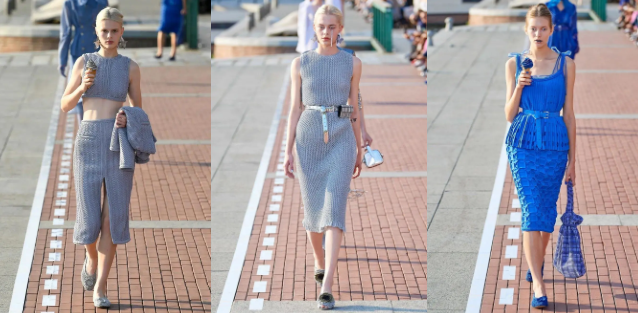
1. Pattern design of imitation woven style knitted fabric
In the design machine When designing flat patterns for knitted fabrics, try to use the style features of the flat pattern to improve the knitted appearance of the knitted fabric. Since the straight geometric pattern is composed of straight lines, its own style will add a tough visual effect to knitted fabrics, so it is a more commonly used flat decorative pattern on woven fabrics.
At the same time, plant patterns can easily imitate the appearance of printed woven fabrics, so they are often used in woven pattern designs.
1. Geometric pattern
Stripes
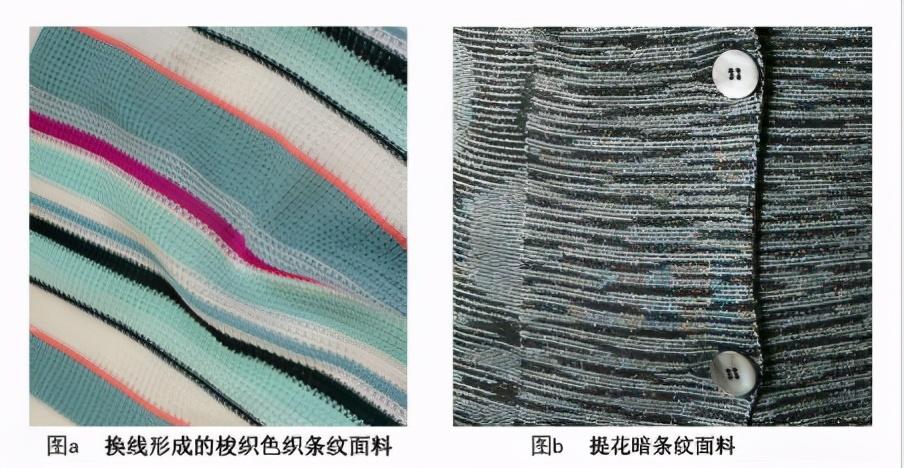
Stripes are one of the more common decorative techniques in clothing design. Its color changes are free and rich, the weaving process is simpler, and the texture effect is easier to obtain.
During the knitting process, regular yarn changes can create the look of the more common woven yarn-dyed striped fabric.
In the timing of woven knitted fabrics, the stripe pattern can also be changed more abundantly according to the knitting process characteristics of the knitted fabric.
Variegated yarns are combined with less elastic metal wires, interspersed and matched with stripe patterns of the same color to form a woven fabric. Dark striped jacquard patterns are common in fabric design, the fabric is flat and dense, and the weaving style is stronger.
Grid
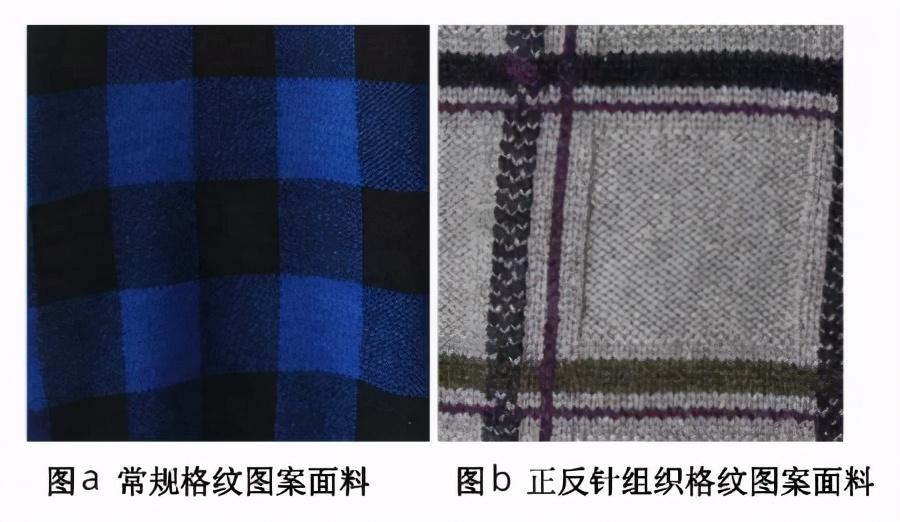
The plaid pattern is horizontal and vertical, matching the plain weave of the fabric The warp and weft directions are consistent and change, so it is widely used in fabric pattern design.
The plaid pattern of conventional woven knitted fabrics usually adopts jacquard weaving, such as sesame dot jacquard weaving, which has a rich plaid pattern, and the fabric is flat and has Low ductility.
In the design process of knitted fabrics, the special function of yarn must be fully utilized to enrich the woven style design of the fabric.
Four-color jacquard weaving is used to weave plaid patterns with different horizontal and vertical widths. At the same time, use positive and negative stitches to make the middle part concave, and the layered texture on the fabric surface is richer.
It should be noted that since plaid patterns are used more on wool fabrics in autumn and winter, shrinking or sanding processes are sometimes used to give knitted fabrics a more polished appearance. Close to the texture of woven fabric.
Herringbone and zigzag patterns
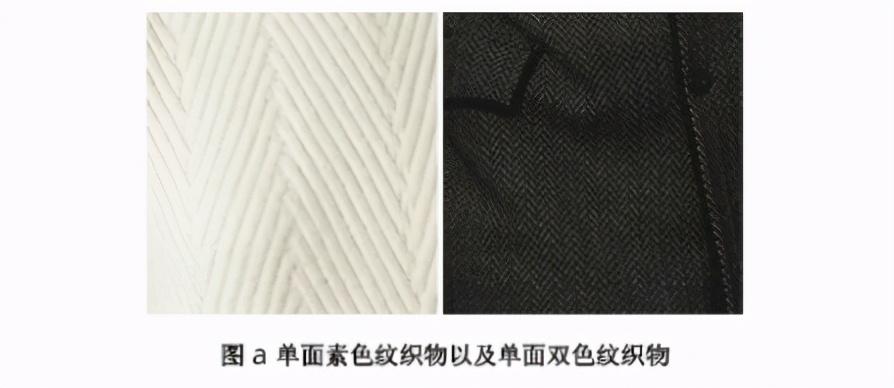
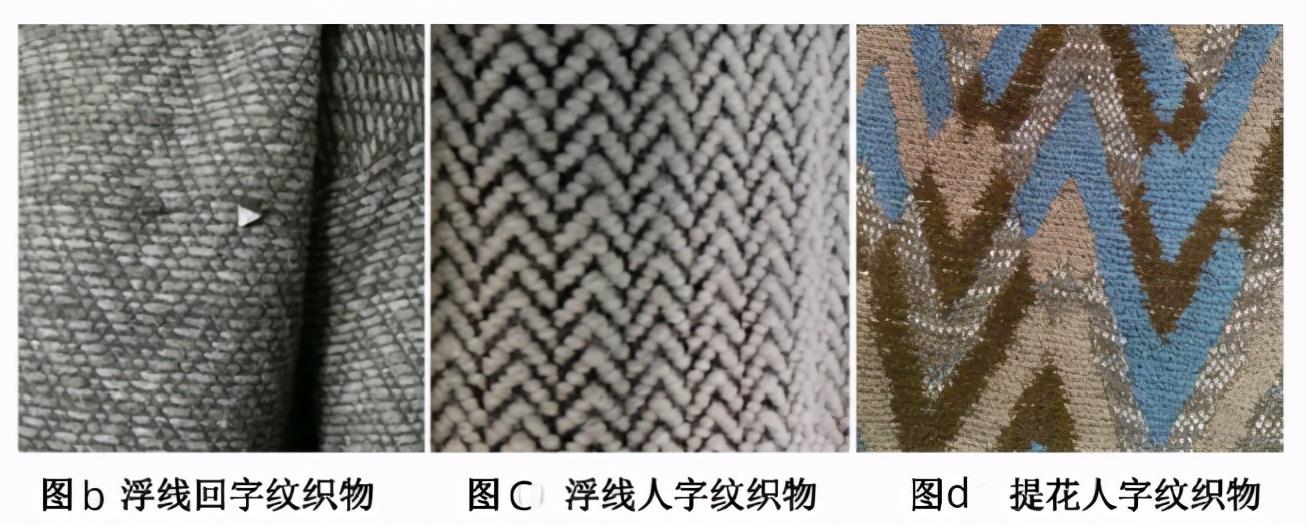
Herringbone and back Pattern is one of the dark patterns commonly used in woven fabrics. Therefore, in order to make the knitted fabric that imitates the knitting style into a stronger knitting style, dark patterns are often used.
Herringbone patterns and inverted patterns are usually formed by single-sided plain fabrics, single-sided two-color fabrics, double-sided two-color fabrics, etc. Variations in pattern size, yarn thickness, arrangement and combination, color shape, etc. are relatively implicit. During the design process, we can also use the knitting process to change the color and material of the yarn to create more interesting and richer herringbone patterns and reciprocal patterns.
As shown in Figure b, the pattern design has an antique style, with matte cotton yarn or linen yarn, and is embellished with metal wire, which is full of the flavor of ancient brocade.
In picture c, a floating thread weave is used, but short floating threads are pulled out of white roving and black spun yarn is used as the bottom to make the floating thread part of the herringbone pattern more elegant. Highlighted, the fabric looks thick and dense, fully imitating the look of autumn and winter woven herringbone coat outer fabrics.
In Figure d, the floating lines pulled out by the floating thread organization are arranged and combined to form a zigzag pattern, with richer details.
It can be seen that herringbone and zigzag patterns can not only be used as dark textures, but also��, in order to obtain the smooth and strong appearance of conventional woven fabrics, it is necessary to minimize overly complex textures, make the changes as delicate and delicate as possible, and keep the fabric neat.
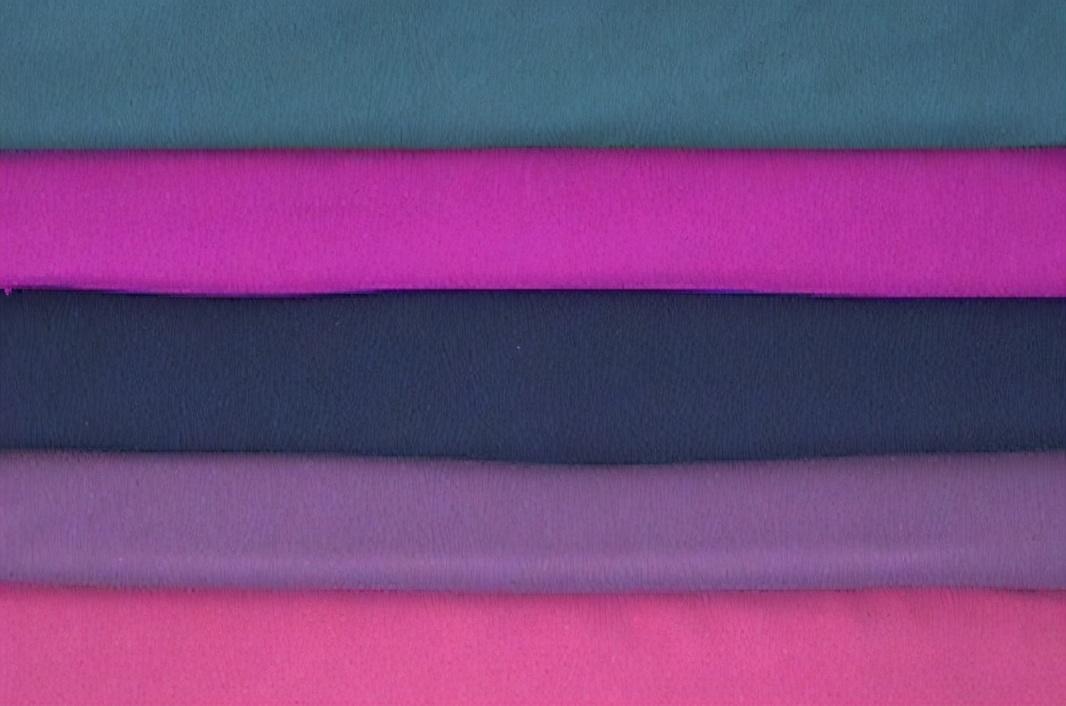
2. Organization structure design of imitation woven style knitted fabric
Conventional machine The basic structures of woven fabrics are plain weave, twill weave and satin weave. The characteristics of the three structures of woven fabrics are different. Plain weave is smooth and flat, twill fabric is thick and tight, and satin weave is smooth and thin. When imitating the organizational structure of conventional woven fabrics, attention must be paid to the different appearances of woven fabrics with different organizations, and the design should be combined with the technical characteristics of knitted fabrics.
1. Imitation plain weave
Conventional woven plain weave fabric has many interlacing points and is relatively large. Lightweight and breathable. Since its most obvious appearance feature is smoothness, when imitating the plain weave of woven-style knitted fabrics, it is necessary to try to keep the fabric as uniform and tidy as possible.
In order to achieve the characteristics of plain weave in appearance design, the more commonly used weave is sesame dot jacquard knitted fabric, which is dense and has low ductility.
In addition to imitating the appearance of plain weave woven fabrics, a more innovative approach is to use the warp and weft yarns of plain weave fabrics to interweave every other yarn The organization structure is designed with criss-crossing latitude and longitude.
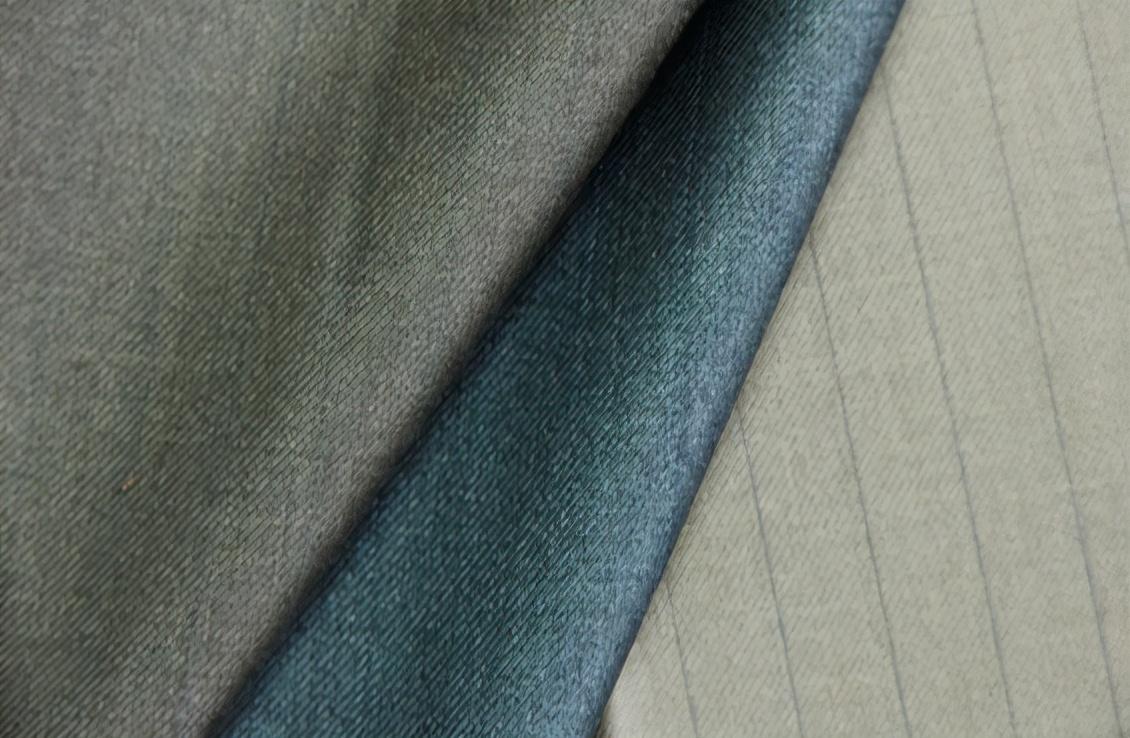
2. Imitation twill weave
Conventional twill woven fabric is dense and thick , and the fabric has obvious diagonal characteristics. When designing knitted fabrics with a woven-like twill weave, needle shifts are often used in the weave in order to achieve a diagonal pattern effect. However, a single needle moving mechanism cannot obtain better texture effects for twill weave fabrics. Its innovative application is to add shuttle yarn guides together for knitting.
As shown in the picture, since the thin line part cannot cover the thick line part, the thick line color cannot be covered in the thick line part, but on the basis of needle transmission The fabric is woven on a woven yarn guide using two tightly colored yarns of different thicknesses. It becomes the dominant color of the fabric, with thin threads of color sandwiched between thicker threads to create patterns. It gives the crisp look of a twill woven fabric.

3. Imitation satin weave
Because of the interweaving points of satin weave fabric Far apart and in a certain order, they are independent and discontinuous.
As a result, the fabric has a smooth appearance and light texture. In the weaving process of knitted fabrics, float weave is more suitable to imitate the structural characteristics of satin weave.
Because float fabrics are less extensible, they have better dimensional stability than conventional knitted fabrics and therefore better fabric performance. Some kind of imitation of traditional woven fabrics.
As shown in the figure, during the weaving process, the weaving part of the fabric is arranged according to the position i of the satin weave to form the effect of the satin weave. Other parts that are not involved in the weave are also pulled out like a satin weave. The threads give it the same structure as satin weave.
The texture of traditional woven fabrics is relatively more delicate and subtle. Therefore, attention should be paid to the use of yarn when imitating the appearance of woven fabrics. In order to ensure the smoothness of the fabric and highlight the texture of the fabric, try to avoid using fancy yarns that have a long pile on the surface so as not to cover the texture. While imitating the structural appearance of woven fabrics, the technical properties of knitted fabrics must also be used to create innovative designs.
As shown in the picture, while imitating the texture of twill fabric, pleat weaving is added during the knitting process to show the effect of torn silk, And denim fiber yarns are combined to create a vintage feel. Cowboy style. Because knitted fabrics have good elasticity, they are more comfortable than twill denim and can better reflect the design characteristics of knitted fabrics.
When conducting innovative designs of woven knitted fabrics, we should not be limited to pattern design or organizational structure design. The two must be closely combined to fully exploit their respective characteristics, such as embroidery on twill knitted fabrics. Or print on knitted fabrics with imitation satin weave, etc. The combination of the two effects will give the imitation braid a more pronounced appearance.
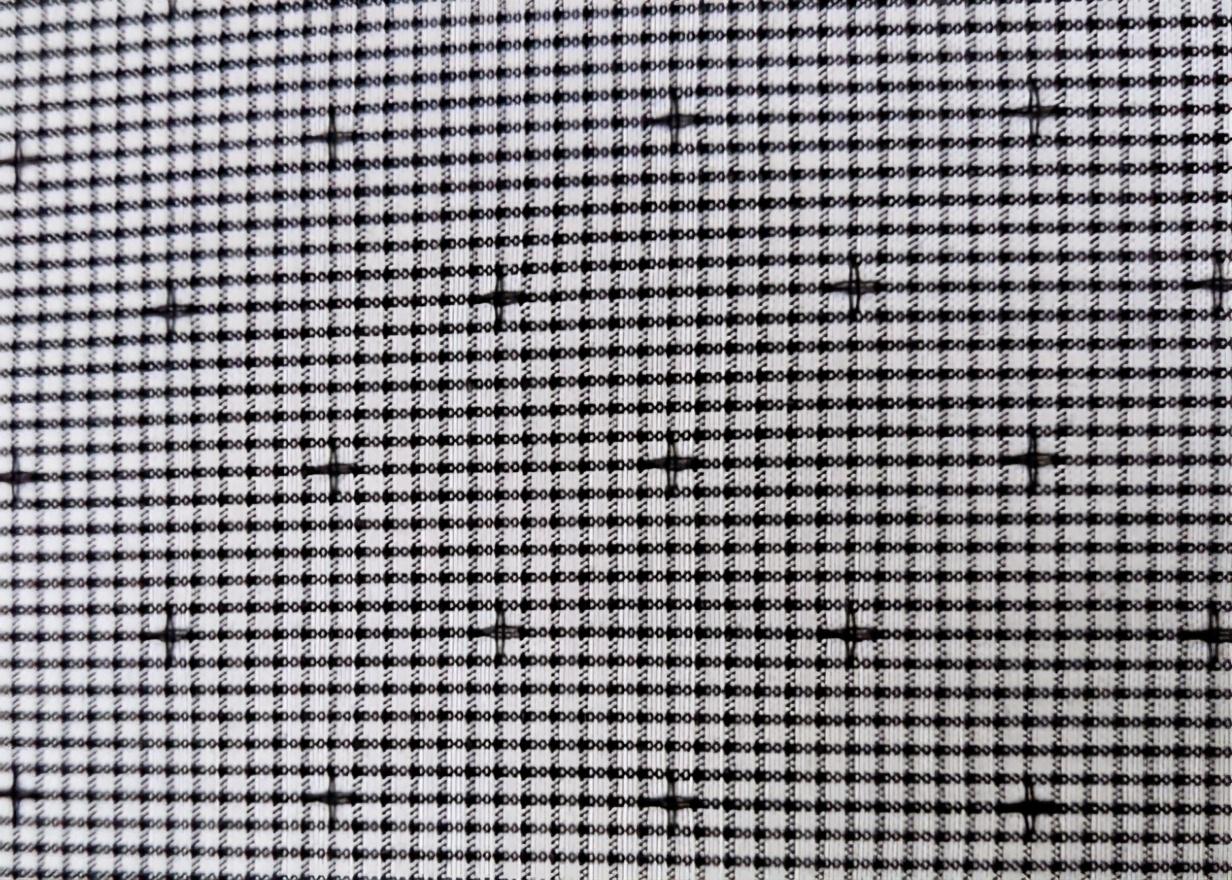
3. Future prospects of imitation woven fabrics
With the development of the knitting industry With the development, imitation woven-style knitted fabrics have gradually exerted their technological characteristics, and combined with the designer’s aesthetics, their visual appearance has become rich and creative, and the wearing experience has become more good and comfortable. This article conducts innovative research on the plane patterns and organizational structure of imitation woven style knitted fabrics. It is hoped that it can provide designers with some ideas and methods to combine design with technology to develop imitation woven style knitted fabrics that are both artistic and technical. .
Conduct innovative research on design and organizational structure, hoping to provide designers with some ideas and methods to combine design with craftsmanship to develop imitation woven-style knitted fabrics that coexist with artistry and technology.






